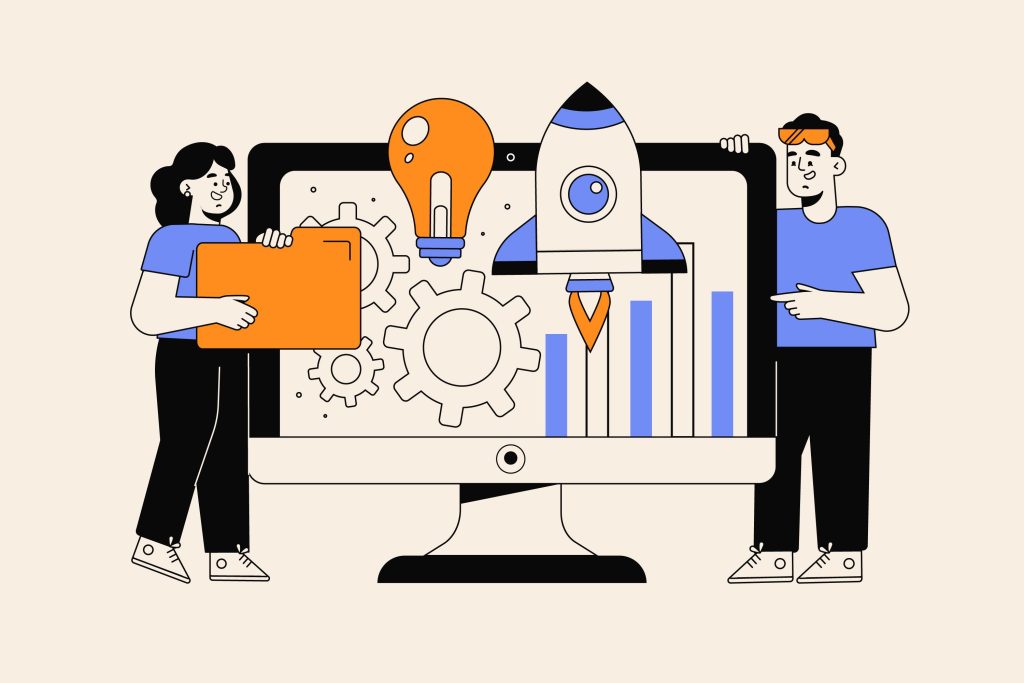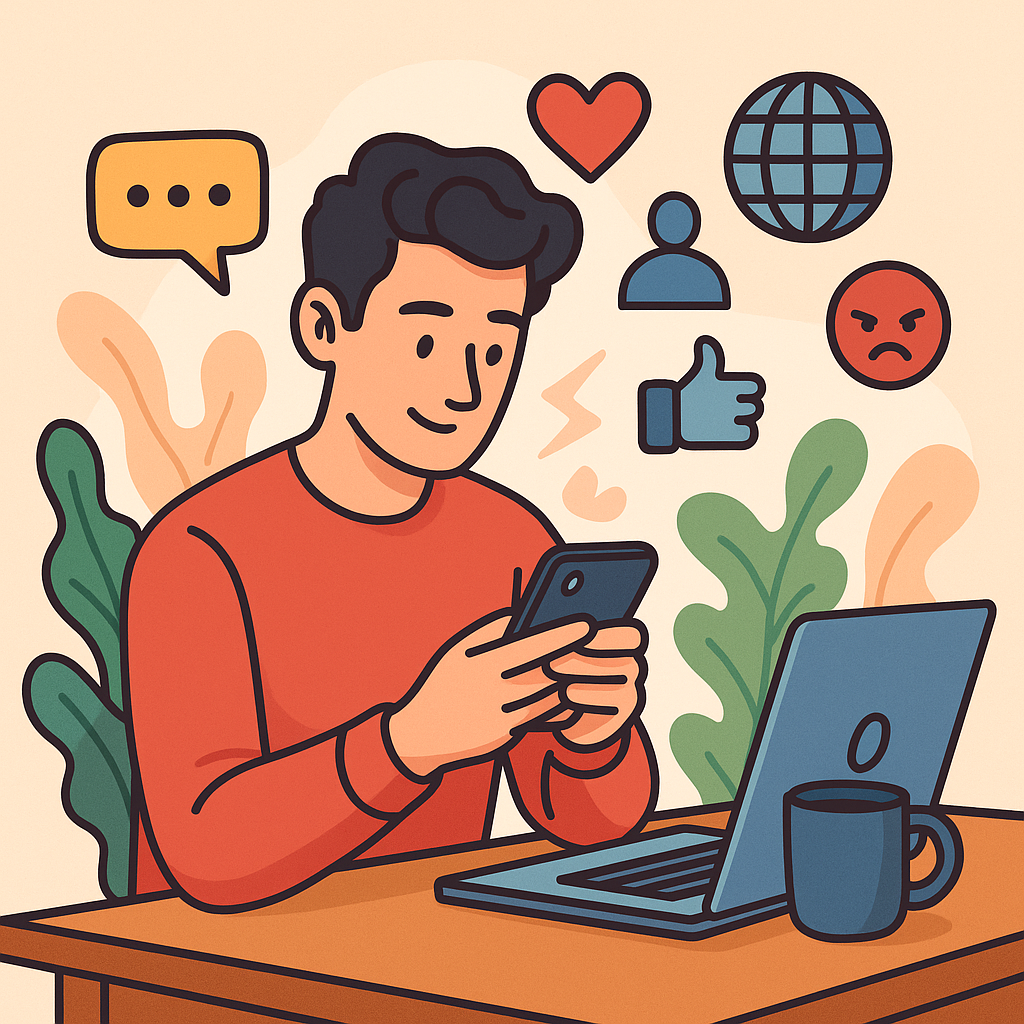In a world driven by metrics, performance tracking, and habit apps, the pressure to optimize every aspect of life—from sleep cycles to coffee brewing methods—is intense. But recent discussions in behavioral psychology and productivity circles raise a critical question: what happens when we take optimization too far? Over-optimization may offer the illusion of control and improvement, but it often comes at the cost of creativity, spontaneity, and mental well-being. This article explores why you shouldn’t optimize everything in your life—and what to do instead.

The Optimization Trap: A Modern Phenomenon
Optimization culture is fueled by the promise of better results with less effort. Productivity tools, life hacks, and biohacking trends reinforce the belief that we can engineer our lives to be perfect machines.
But this relentless pursuit of optimization can become self-defeating. According to Dr. Adam Grant, psychologist at the Wharton School, the “always improve” mindset often backfires by fostering chronic dissatisfaction. Instead of helping people feel more in control, optimization can lead to a constant sense of inadequacy (Grant, 2021).
Key drawbacks of over-optimization:
- Decision fatigue: Constantly calculating the “best” option wears out cognitive resources.
- Loss of enjoyment: Activities become checkboxes rather than sources of joy.
- Stress and burnout: Even rest gets turned into a task that must be “optimized.”
Not Everything Needs to Be Productive
In the hustle to maximize returns on time, even leisure activities like reading fiction, walking, or talking with friends are often scrutinized for productivity value. But the point of leisure isn’t productivity—it’s restoration.
Cal Newport, author of Digital Minimalism, points out that our obsession with efficient time use can paradoxically make us feel more time-starved. When every moment is optimized for output, we never truly rest (Newport, 2019).
Give yourself permission to:
- Read a book without taking notes.
- Go for a walk without tracking your steps.
- Watch a movie without analyzing its narrative structure.
These “unoptimized” moments often spark more insight and satisfaction than any tracked habit could.
The Science of Diminishing Returns
Optimization has its place. But like most tools, its effectiveness diminishes beyond a certain point.
A study published in the Journal of Consumer Research showed that people who over-plan leisure activities reported lower levels of enjoyment and spontaneity (Tonietto, Malkoc, & Nowlis, 2019). When every weekend brunch and walk is pre-planned for maximum benefit, the experience loses its freshness.
Where optimization tends to backfire:
- Relationships: Trying to schedule “quality time” often feels forced.
- Creativity: Rigid structure kills experimentation and flow.
- Health: Over-reliance on trackers can lead to anxiety rather than improvement.
What to Do Instead: Practical Guidelines
If optimizing everything isn’t the answer, what is? The goal should be sustainable balance—not relentless improvement.
1. Prioritize what matters
Decide which areas genuinely benefit from optimization. Your budget or work schedule may need structure, but your weekend plans might not.
2. Set boundaries on optimization tools
Use apps and trackers with intent, not out of habit. Schedule app-free times where you simply do things without measuring them.
3. Lean into variability
Life is not a spreadsheet. Allow space for serendipity and change. Not every routine needs a KPI.
4. Practice mindful unproductivity
Engage in activities that have no end goal—like doodling, journaling, or simply sitting with your thoughts. This can improve cognitive health and foster reflection.
5. Redefine success
Instead of measuring success by efficiency, consider outcomes like satisfaction, presence, and emotional fulfillment.
Case Study: The Burnout of Optimization Culture
In Silicon Valley, a culture of hyper-productivity has created environments where employees track everything from water intake to REM sleep. Yet despite high performance metrics, burnout is rampant.
In 2022, a report by the American Psychological Association highlighted that nearly 79% of tech workers reported workplace stress as a major health concern, often tied to the pressure of self-optimization (APA, 2022). Companies now invest in mental wellness programs not to optimize further, but to help employees stop over-optimizing.
Optimization vs. Adaptation
There’s a difference between being efficient and being adaptable. The former is about control; the latter is about resilience. In unpredictable environments—like global economies or personal crises—rigid optimization can crack. Adaptable systems, however, thrive.
Psychologist Barry Schwartz, author of The Paradox of Choice, argues that seeking the optimal choice in every decision reduces happiness and can increase anxiety. Satisficing—choosing a “good enough” option—is often more fulfilling and sustainable in the long run (Schwartz, 2004).
Conclusion: Choose Meaning Over Metrics
The push to optimize everything in life often stems from a desire to feel in control, avoid discomfort, or pursue success. But in doing so, we risk losing the very essence of what makes life rich—improvisation, connection, and emotional depth.
Resisting the urge to optimize every corner of your life doesn’t mean giving up on growth. It means recognizing that some things are better left unmeasured.
References
- Grant, A. (2021). Think Again: The Power of Knowing What You Don’t Know. Viking.
- Newport, C. (2019). Digital Minimalism: Choosing a Focused Life in a Noisy World. Portfolio.
- Tonietto, G. N., Malkoc, S. A., & Nowlis, S. M. (2019). “Scheduling Less Promotes More Enjoyment of Leisure Activities.” Journal of Consumer Research, 46(3), 511–528.
- American Psychological Association. (2022). Work and Well-being Survey Results. https://www.apa.org/news/press/releases/stress/2022/work-wellbeing
- Schwartz, B. (2004). The Paradox of Choice: Why More Is Less. Harper Perennial.






